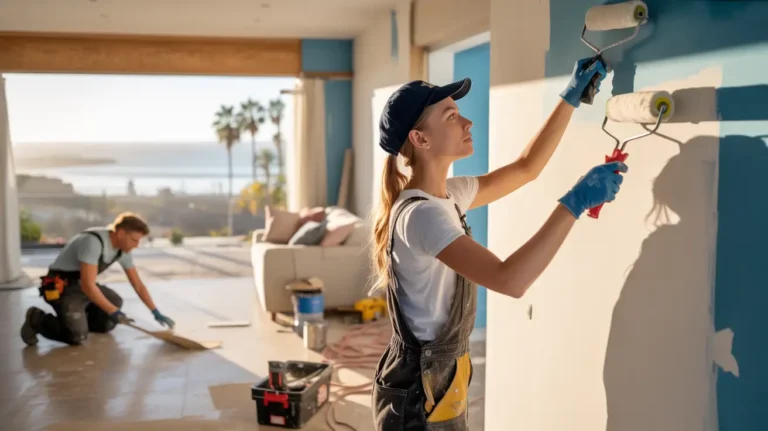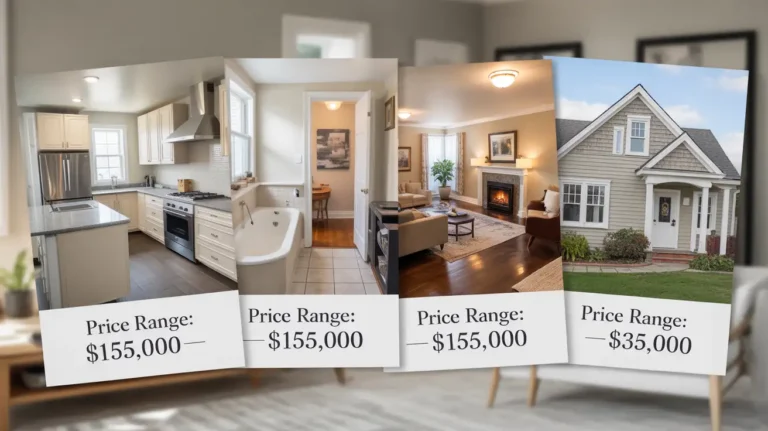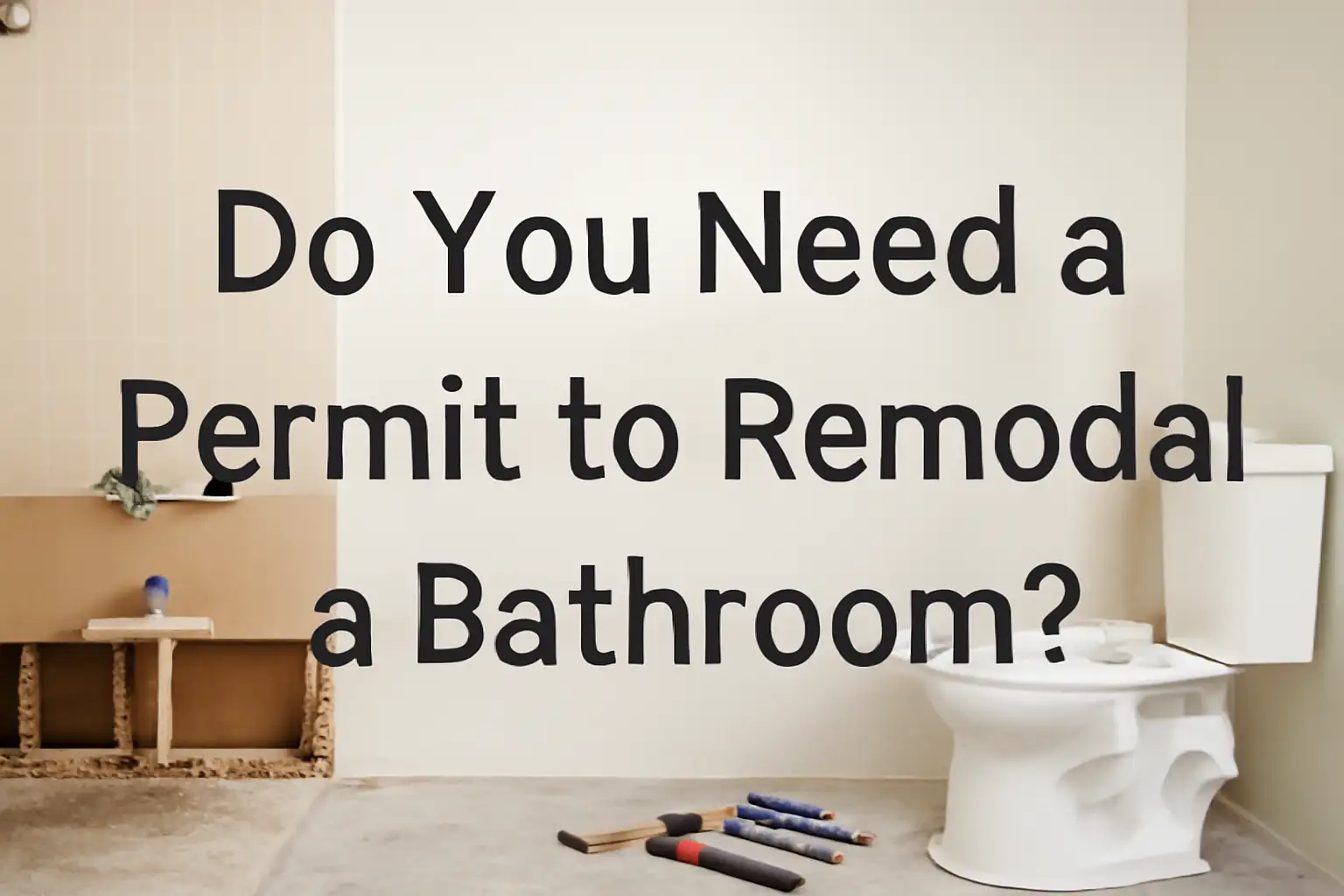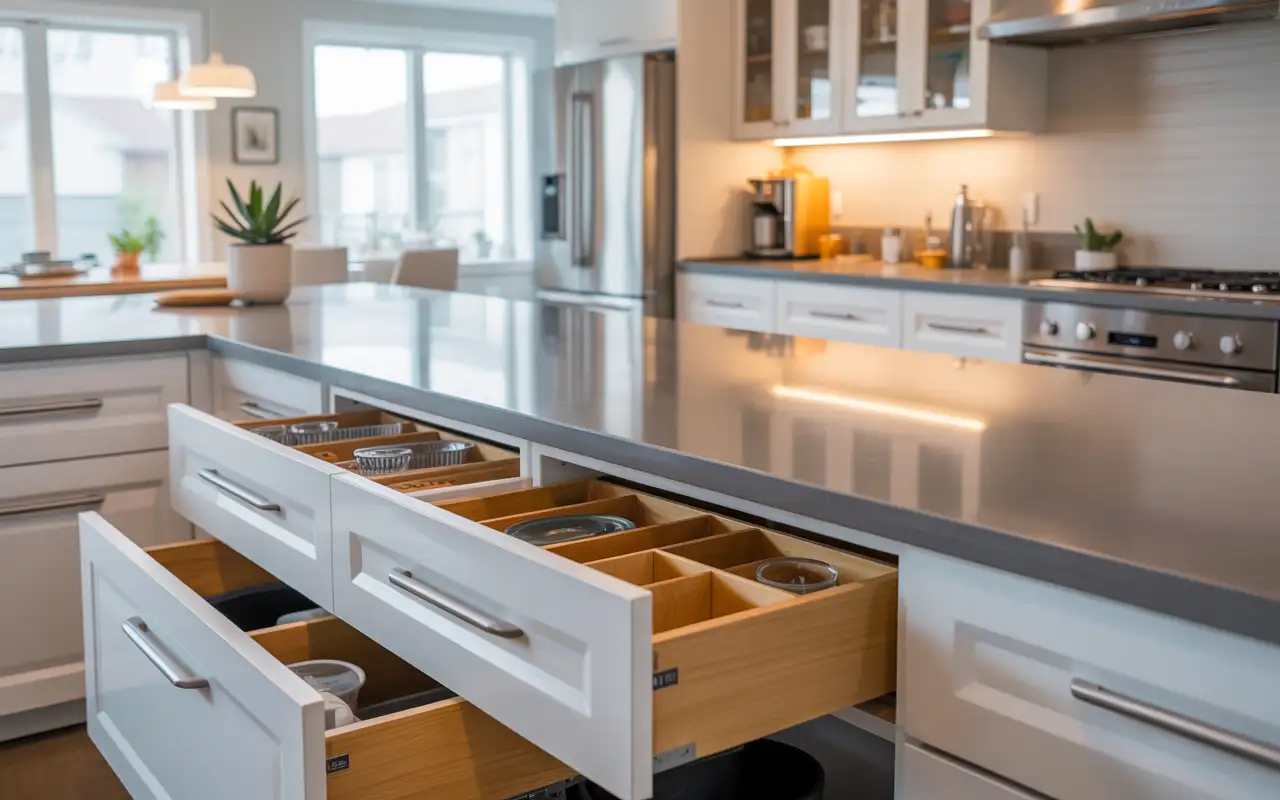Renovating a house is one in all the largest investments house owners make, and one of the first questions human beings ask is how much does it cost to renovate a house. The solution isn`t constantly easy due to the fact house renovation cost relies upon many factors, together with the scale of the house, the scope of paintings, substances used, and hard work rates. Whether you`re making plans for a small improvement or a complete redecoration, knowledge of domestic protection prices facilitates your price range accurately and keeps away from surprises.
At San Diego Home Remodeling, we paint intently with house owners throughout San Diego County to offer obvious pricing, fine craftsmanship, and protection answers tailor-made to their desires and price range. This manual breaks down the actual prices concerned so that you understand what to anticipate earlier than beginning your protection project.
Table of Contents
Understanding House Renovation Costs
When house owners look for how much does it cost to renovate a house, they’re frequently amazed by the huge variety of prices. Renovation prices range due to the fact no houses or tasks are precisely alike. The average price of house renovations relies upon whether or not you’re transforming one room, a couple of rooms, or the whole residence.
A minor protection would possibly recognize beauty updates including painting, flooring, or fixture replacements. A primary protection frequently consists of structural changes, plumbing and electric upgrades, and format modifications. The broader the project, the better the house remodel cost will be.
Average Price of Home Renovations

In common, house renovation cost in California commonly levels from $20,000 for smaller tasks to nicely over $150,000 for whole domestic remodels. A partial protection, including a kitchen or rest room redecorate, normally prices between $25,000 and $60,000 relying on finishes and complexity.
A whole-residence protection frequently falls between $75,000 and $200,000 or extra. These figures mirror the average price of home renovations, however houses in San Diego might cost a little extra because of hard work rates, allowing requirements, and cloth fine.
At San Diego Home Remodeling, we customize every estimate to make certain house owners get hold of a sensible and honest residence protection rate primarily based totally on their unique needs.
Key Factors That Affect Home Renovation Costs

Several crucial elements have an impact on home renovation costs, and information permits you to manipulate your budget.
- The length of the house performs a primary role. Larger houses require greater substances, labor, and time, growing the general home remodel cost. The situation of the house additionally matters. Older residences might also additionally want updates to plumbing, wiring, or structural components, which increases the house renovation cost.
- Material selections drastically affect pricing. High-cease finishes, custom cabinetry, and top class floors boost the house renovation cost, even as general substances assist hold fees manageable. Labor is every other main factor. Skilled contractors, designers, electricians, and plumbers all make contributions to the very last fee.
- Permits and inspections additionally upload to the average price of home renovations, particularly for initiatives related to structural modifications or main machine upgrades.
Room-by-Room Renovation Cost Breakdown
Understanding room-unique fees makes it clear how awful it feels to renovate a residence.
- Kitchen renovations are frequently the most expensive, normally costing between $25,000 and $60,000. This consists of cabinetry, countertops, appliances, plumbing, and electric work.
- Bathroom remodels typically variety from $15,000 to $35,000, relying on length and features. Living rooms, bedrooms, and not unusual places might cost a little between $5,000 and $20,000 in step with room for floors, lighting, and paint.
- Whole-residence renovations integrate those character fees, drastically growing the whole home renovation cost.
Renovation vs. Remodeling: Cost Differences
Homeowners frequently use maintenance and reworking interchangeably, however there’s a distinction in fee. Renovations recognition on updating present spaces, even as reworking modifications the shape or layout. Remodeling initiatives normally bring about a better domestic redesign fee due to the fact they require greater labor, layout work, and permits.
If your purpose is to modernize without converting layouts, maintenance is typically greater affordable. Structural modifications, room additions, or open-idea conversions boom the house renovation price substantially.
How to Budget for Home Renovation Costs
Budgeting is crucial while making plans a protection. Experts advise placing apart an extra 10% to 20% of your overall finances for sudden expenses. Hidden troubles including water harm or previous wiring regularly seem as soon as production starts off and might boost the house renovation cost.
Working with a skilled contractor like San Diego Home Remodeling facilitates limit surprises. We offer particular estimates, timelines, and steering to make sure your home renovation cost lives on track.
Is Renovating Worth the Cost?
For many owners, protection is a profitable investment. Updated houses are more comfortable, energy-efficient, and visually appealing. A well-deliberate protection can substantially boost the belongings fee, regularly offsetting the average price of home renovations.
Kitchens and toilets generally provide the best go back on investment. Whole-residence renovations additionally enhance resale fee, mainly in aggressive actual property markets like San Diego.
Why Choose San Diego Home Remodeling?
Choosing the proper contractor makes a main distinction in controlling home renovation cost. At San Diego Home Remodeling, we are conscious of quality, transparency, and consumer satisfaction. Our skilled group manages each level of the mission, from layout to completion, making sure your protection is achieved efficiently and efficiently.
We assist owners recognize their house renovation price, pick out substances inside finances, and whole initiatives on time without sacrificing quality.
Conclusion
So, how much does it cost to renovate a house? The solution relies upon your goals, domestic size, substances, and mission scope. Understanding house renovation cost, domestic protection charges, and the average price of home renovations lets you plot optimistically and keep away from steeply-priced surprises.
With professional steering from San Diego Home Remodeling, you may gain a hit protection that balances quality, functionality, and finances. Whether you`re updating one room or remodeling your complete domestic, our group is right here to assist carry your imaginative and prescient to life.
FAQs
Is $100,000 enough to renovate a house?
Yes, $100,000 covers substantial mid-range renovations for most homes. You can fully remodel a kitchen and two bathrooms, or complete a whole-house refresh with new flooring, paint, and fixtures. Luxury finishes or major additions require larger budgets.
What is a realistic budget for home renovation?
Plan to spend 5-15% of your home’s value on renovations. A $400,000 home supports $20,000-$60,000 in updates comfortably. Larger projects may require more, but this range covers most common improvements without over-improving for your neighborhood.
Is $50,000 enough to renovate a house?
$50,000 works well for focused projects like a complete kitchen remodel or two bathroom updates. It also handles whole-house cosmetic improvements including paint, flooring, lighting, and fixtures. Gut renovations or major additions need bigger budgets.
Is it cheaper to renovate or build new?
Renovating costs less unless your home needs extensive structural repairs. Building new runs $150-$400 per square foot including land prep. Renovations average $50-$200 per square foot. Renovation makes sense for homes with good bones and desirable locations.
What is the most expensive part of renovating a house?
Kitchens and bathrooms cost most due to plumbing, electrical work, cabinetry, and appliances. Expect $25,000-$75,000 for kitchens and $10,000-$35,000 per bathroom for mid-range work. Structural changes like foundation repairs or adding square footage also run high.
How long does a full house renovation take?
Complete renovations take 3-8 months depending on scope. Cosmetic updates finish in 4-8 weeks. Gut renovations need 4-6 months minimum. Major additions can stretch to 12 months. Timeline depends on project complexity, permit approvals, and material availability.
Do I need permits for home renovations?
Most substantial work requires permits including electrical changes, plumbing modifications, structural alterations, room additions, and window replacements. Cosmetic work like painting or flooring usually doesn’t. Check local building departments for specific requirements. Unpermitted work causes problems when selling.
Should I live in my house during renovation?
Minor projects allow you to stay home with minimal disruption. Major renovations affecting kitchens, bathrooms, or creating extensive dust may require temporary housing. Gut renovations definitely need you to move out. Consider project scope, timeline, and your tolerance for construction chaos.
How can I save money on renovation costs?
Keep existing layouts to avoid plumbing and electrical moves. Do your own demolition and painting. Shop sales for materials and fixtures. Time projects for contractor off-seasons. Get multiple quotes. Choose mid-grade materials over luxury options. Avoid changing plans once work starts.
What renovations add the most value?
Kitchen and bathroom updates return 60-80% of costs. Adding a bathroom returns 50-60%. Minor upgrades like paint, flooring, and fixtures return nearly 100%. Major additions return 40-60%. Energy-efficient improvements add appeal to buyers while reducing utility bills.







